“When women come out of the bath they ought to dress in gay apparel, and if they have any engagement, they must first proceed to the house of their friend or lover. And if they meet a handsome young man on their way, they must cunningly remove a little bit of the veil which covers their face, and draw it off gradually, pretending, ‘It is very hot, how I perspire…’” These instructions, given to Persian women, on leaving a public bath are from a late 17th-century text titled, Customs and Manners of the Women of Persia and their Domestic Superstitions by a cleric Aqa Jamal Khwansari (d. 1710).
Women in 17th Century Persia
Table of Contents
This book was translated by a British surgeon, orientalist and painter James Atkinson (1780-1852) and published in London. He explains in it that most people in England think of the harem as little more than a prison.
But, he emphasizes, “The Persians themselves look upon their women as virtually invested with more power and liberty and greater privileges, than the women of Europe.”
In the 17th century Persia, the traditional view of the role of a woman was to be confined to the home where they would manage a household and raise children. However, this text is evidence that women wielded more power outside their home than expected.
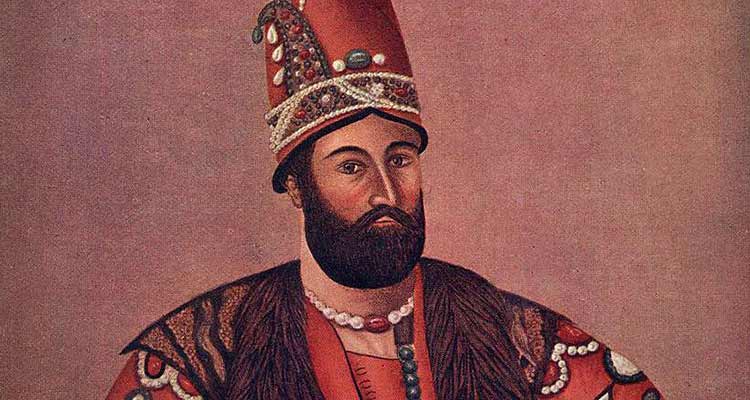
Three women in Nader Shah’s life
While there were many women in Nader Shah’s life, there were perhaps three who influenced him the most. They were his mother, his first wife and the girl he married in India, in that order.
The first woman in his life was his mother. She had a huge role to play in his rise to the throne from a nobody. She guided him when he became the most powerful Iranian ruler overthrowing the Safavid Dynasty that ruled Persia for 200 years.
Since Nader Shah grew up in a remote and wild north-eastern frontier region of Persia, many of the societal rules of his times would not apply to a family steeped in abject poverty. His father, Emam Qoli, was a lowly herdsman of the Afshars, a semi-nomadic Turcoman tribe settled in Khorasan.
While Nader was one of the sons, he usurped all his parents’ attention. Possibly, even as a child, he was skilled in manipulating people so that the spotlight was always on him.
It is well known that his father indulged him a great deal. Maybe, these childhood memories were instrumental in Nader proving to be a loving father to his own sons. But this situation did not continue long for his father died when he was around ten years old. This led to a period of great struggle for his family.
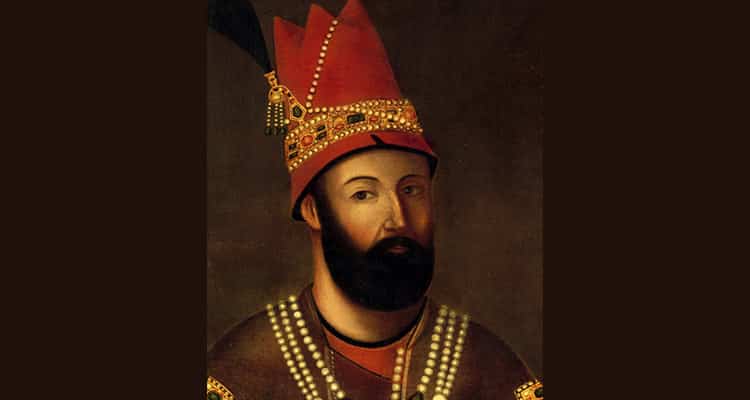
Nader Shah’s mother took on all the hardships
His mother would collect firewood that Nader and his brothers sold in the market. They had only a donkey which they had to feed even if it meant going without food themselves.
Once, he and his mother were kidnapped by the unruly border tribes. It was only Nader’s silver tongue that convinced the men to free his mother and him.
This period of strife in his life brought him very close to his mother who also recognized in her son capabilities and rightly so, the family’s liberty from these hardships.
His mother was his adviser
Later, when he wrested the throne of Persia from the Safavids, it was on her advice that he permitted the Safavid family to live on as captives in his empire.
She felt that it would be better that their Sunni supporters invest some hope of the Safavids coming back to power. Killing the Safavids would invite an open rebellion from their supporters. Nader, himself, married the daughter of the previous Safavid Shah, on her advice.
Later, Nader got his son married to a Safavid granddaughter. All because his mother wanted to mollify the Safavid supporters, so they do not disturb her son’s reign. She ensured in every way that Nader Shah became the most powerful ruler of Iran.
His wife helped him to rise to power
The next woman who played a significant role in Nader’s life is Firuzeh Begum. She was the daughter of Baba Ali Beg Kuse Ahmadhu, the governor of Abivard, whom he married when he was in the governor’s service. He was just a young lieutenant then and Firuzeh helped him rise above the rest to become the governor’s blue-eyed commander. He became a general in the forces of the Safavid Shah and raised troops who defeated the Afghans, pushed back the Ottoman Turks and Russians to Persia’s borders.
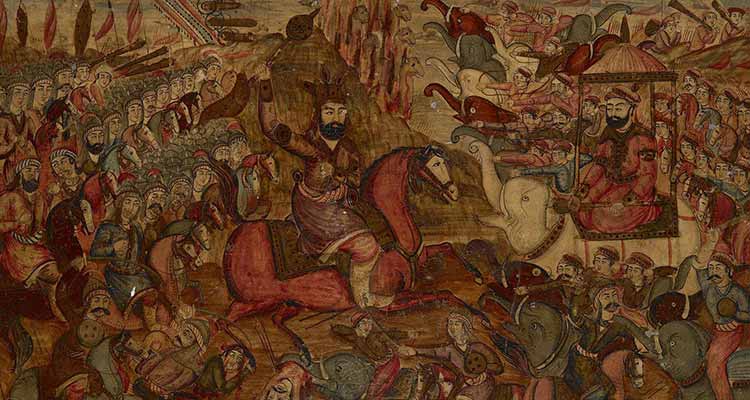
It was with Firuzeh’s tacit understanding that he married the Safavid princess. It gave him entry into the Shah’s family and immense power. Firuzeh guided him to manipulate the nobles, tribal chiefs and mullahs so that the Persian jique, (a cluster of heron feathers worn on the right of the headdress) the symbol of Persian royalty was offered to Nader on popular vote.
She advised him to squeeze out of these dominant groups an agreement to the fact that after his death, the throne would remain with his family, thus ensuring the reign of his dynasty.
Nader Shah’s wife was very shrewd
In return, she wanted to be proclaimed the Shahbanu, giving her complete authority over the zenana and the only one to influence the Shah. She had aspired to wear the crown of the Empress of Hindustan. When that did not happen due to Nader’s pragmatic views, she guided her husband on how he should clean out the treasury of Hindustan, transport it to Persia, ensure a successful trade network between Hindustan and Persia and receive regular tributes from the golden bird of the East.
His wife had a lesbian relationship
Nader’s neglect of her due to his preoccupation with the beautiful Rajput slave in Hindustan pushed Firuzeh into a lesbian relationship with her companion. However, these affairs were commonplace in the zenana in those days and Khwansari, also, alludes to same-sex relationships in his 17th-century treatise. Kathryn Babayan’s work on khwahar-khwandegi (sworn sisterhood) has demonstrated how these practices, which Khwansari discusses, are formed not only on bonds of platonic friendship but on amorous, sexual relationships, too.
Nader lost her support and went astray
Firuzeh’s focus remained on retaining her hold over Nader Shah’s state policies and decisions. She ran an extremely effective espionage system that helped her rid Nader’s huge empire of its enemies.
It was natural for her to desire the throne for her own son but when she realized that Nader was determined not to give in to her ambition, she disassociated from him and kept herself away.
Without her wise counsel, Nader went astray and let loose in his empire a tyranny that eventually claimed his life.
Related Reading: Bheeshma’s Oath: Was It Only for Satyavati and Shantanu or Was It Something Else?
His Rajput wife stood by him
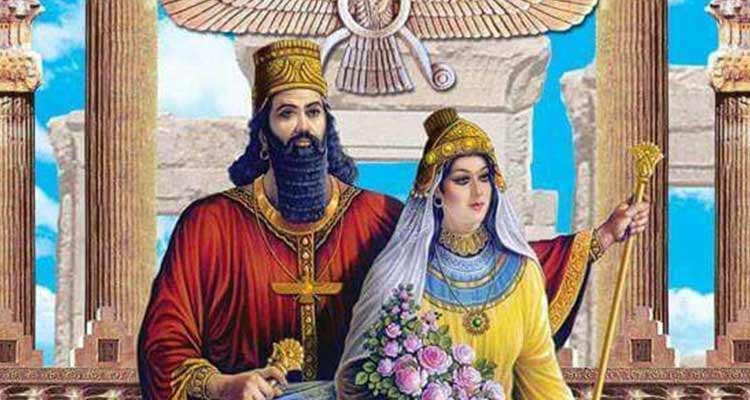
In Hindustan, Nader became infatuated with a Rajput slave whom he made his queen. Ruling a large empire was stressful as were the constant campaigns either to fulfill his own ambitions or put down revolts. Through it all, the person who brought serenity into his life was this Rajput wife, whom he called Peri, affectionately. The archives give out her name as Chuki.
Nader loved her for her honesty, her loyalty and her all-consuming love for which she had never asked any return. She was infinitely grateful for the gift of his love. During the times of his sickness and mental trauma, she served him faithfully. In his last days, when his friends, sons, and Firuzeh abandoned him, it was this woman who stayed by his side.
On the fateful night, when Nader was brutally murdered by his own commander, this devoted woman was sleeping by his side. It was Peri who woke up to warn her husband of his assassins.
Though Nader lifted his mighty ax, he tripped on the edge of the carpet which spelled his doom.
Nobody knows what happened after Nader’s death to these dynamic women who sculpted Persia’s history during Nader Shah’s reign. While his mother died of natural causes, there is no historical evidence about the fate of Firuzeh or Peri. Possibly they spent the rest of their lives in obscurity hiding from Nader’s enemies. However, there is no doubt that one of the world’s mightiest conquerors who rose from a shepherd’s son to the Shah of Persia was navigated by some powerful women in his life. It is certainly a misnomer to believe that women who are sequestered due to societal rules are helpless in any respect. Often, evidence has proved that they possessed more strength than the hand that held the sword or the sceptre.
Sutapa Basu is the author of The Curse of Nader Shah published by Readomania.
Your contribution does not constitute a charitable donation. It will allow Bonobology to continue bringing you new and up-to-date information in our pursuit of helping anyone in the world to learn how to do anything.

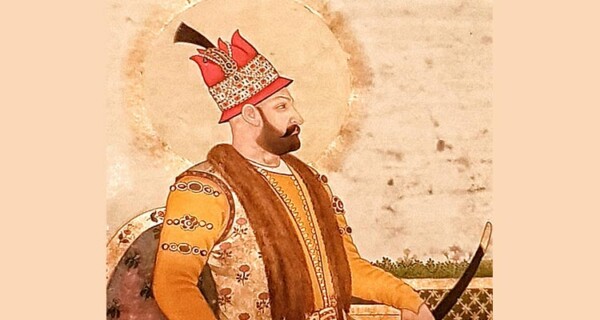








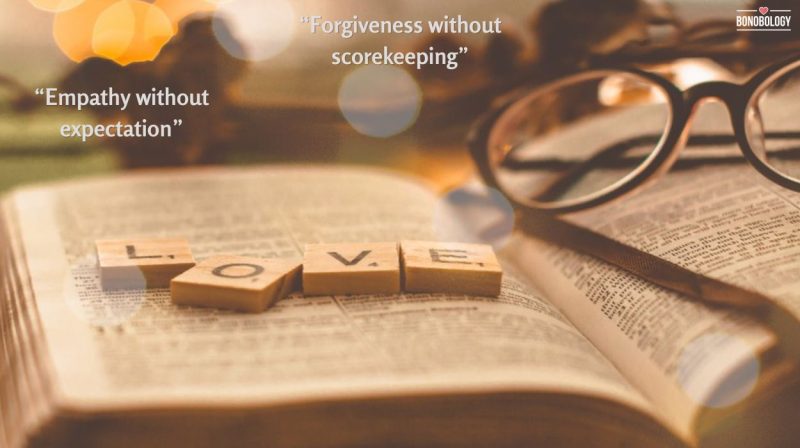











Featured
19 Spiritual Signs Someone Is Thinking About You Sexually
7 Signs Someone Is Constantly Thinking About You – It’s More Than Just Coincidence
Seeing 222 When Thinking Of Someone – Meanings And What To Do
Your Guide On Numerology Compatibility – What’s Your Life Path Number And Who Are You Most Compatible With?
Twin Flame Reunion—Clear Signs And Stages
Psychic Expert Shares 21 Spiritual Signs Your Ex Misses You And Wants You Back
What Is The Spiritual Meaning Of Being Pregnant In A Dream? 7 Possible Explanations
17 Powerful Signs From The Universe Your Ex Is Coming Back
What Is Agape Love And Its Role In Modern Relationships
Sexual Ties: Meaning, Signs, And Tips To Break Away
21 Miraculous Prayers For Marriage Restoration
Psychic Expert Shares 11 Spiritual Signs He Will Come Back
15 Angel Numbers For Love And Relationship
10 Signs You Are In A Spiritual Relationship With Someone
11 Beautiful Ways God Leads You To Your Spouse
What Does Yin And Yang Mean And How To Find The Balance
Everyday Yin And Yang Examples In Relationships
8 Types Of Soulmates And Deep Soul Connection Signs
Cosmic Connection — You Don’t Meet These 9 People By Accident
21 Beautiful Prayers For Your Husband For Everlasting Love